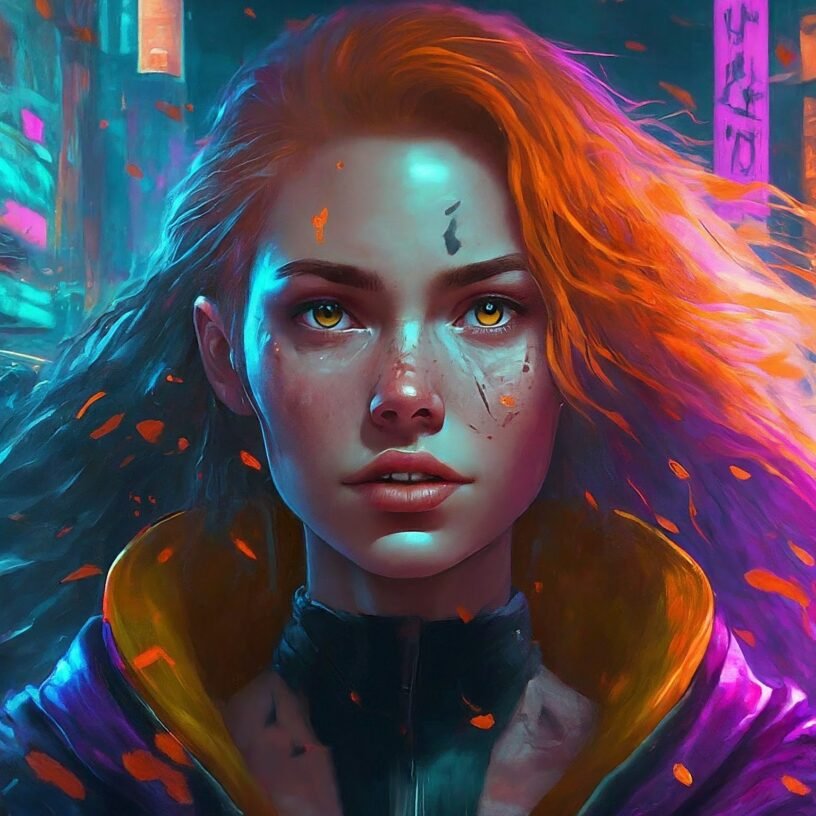Do you recall the times when specific software and artistic ability were needed to create even basic animations? Thanks to significant developments in artificial intelligence, those days are quickly passing. One notable example is OpenAI’s Sora, which was introduced in early 2023 and is pushing the limits of video creation with its text-to-video capabilities.
What is Sora?
In short, Sora is an artificial intelligence model that learns from your textual commands to produce imaginative and realistic video scenes. Picture a nighttime cityscape, full of neon lights and throngs of people. Sora can take a description and turn it into an aesthetically beautiful video in a few words, encapsulating your creative vision.
What makes Sora unique?
Sora goes beyond the basic capabilities of previous text-to-video models. Here are some key highlights:
- Highly detailed scenes: Forget pixelated, blurry outputs. Sora generates video with impressive detail, faithfully representing the objects and actions described in your text.
- Complex camera motion: Don’t settle for static shots. Sora incorporates dynamic camera movements, adding depth and immersion to your videos.
- Multiple characters and emotions: Bring your stories to life! Sora can populate your videos with diverse characters, each expressing a range of emotions.
- Up to a minute of video: Unleash your creativity with longer narratives. Sora can generate videos up to 60 seconds long, allowing for more complex storytelling.
Applications Across Industries:
- Animation and filmmaking: Imagine storyboarding entire scenes with descriptive text, freeing up animators and filmmakers to focus on higher-level creative aspects.
- Education and training: Create engaging and interactive educational videos by simply describing the concepts you want to teach.
- Marketing and advertising: Develop captivating video ads that resonate with your target audience by describing the desired visuals and message.
- Accessibility and inclusivity: Make video creation accessible to everyone, regardless of technical expertise, by simply using words to describe your vision.
Ethical Considerations and Challenges:
OpenAI acknowledges the potential downsides of this technology, such as the risk of misinformation and bias. They are taking steps to mitigate these risks through rigorous testing and collaboration with experts in various fields.
The future of video creation is written in words:
The distinction between imagination and video reality is becoming more hazy thanks to innovations like OpenAI’s Sora and others. The potential for democratizing video creation and opening up new forms of storytelling is evident, even though technical and ethical issues still need to be addressed.
Remember, this is just the beginning. As AI technology continues to evolve, the possibilities for text-to-video creation are truly limitless. Who knows what stories you’ll tell tomorrow, simply by describing them with words?
Is there anything specific you’d like to know about Sora or its potential applications? Share your thoughts in the comments below!




2 Pingbacks